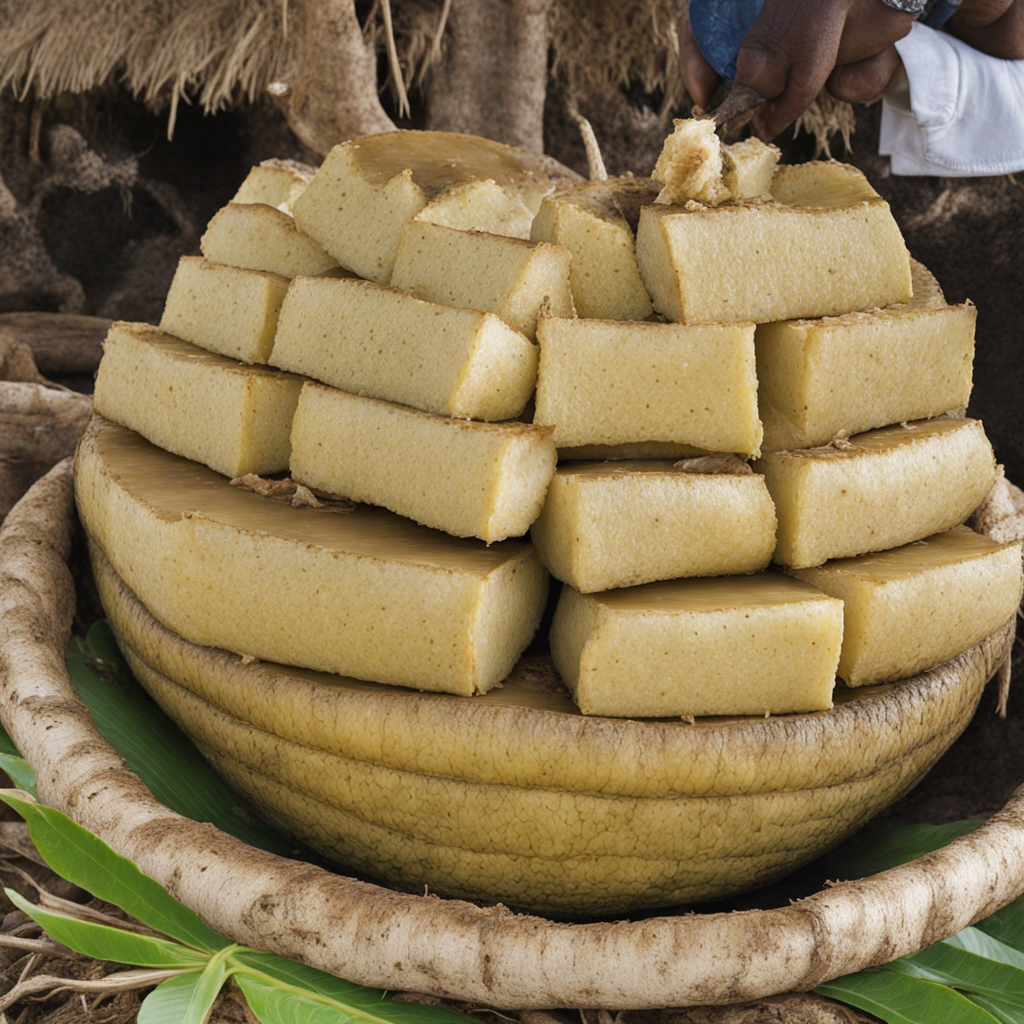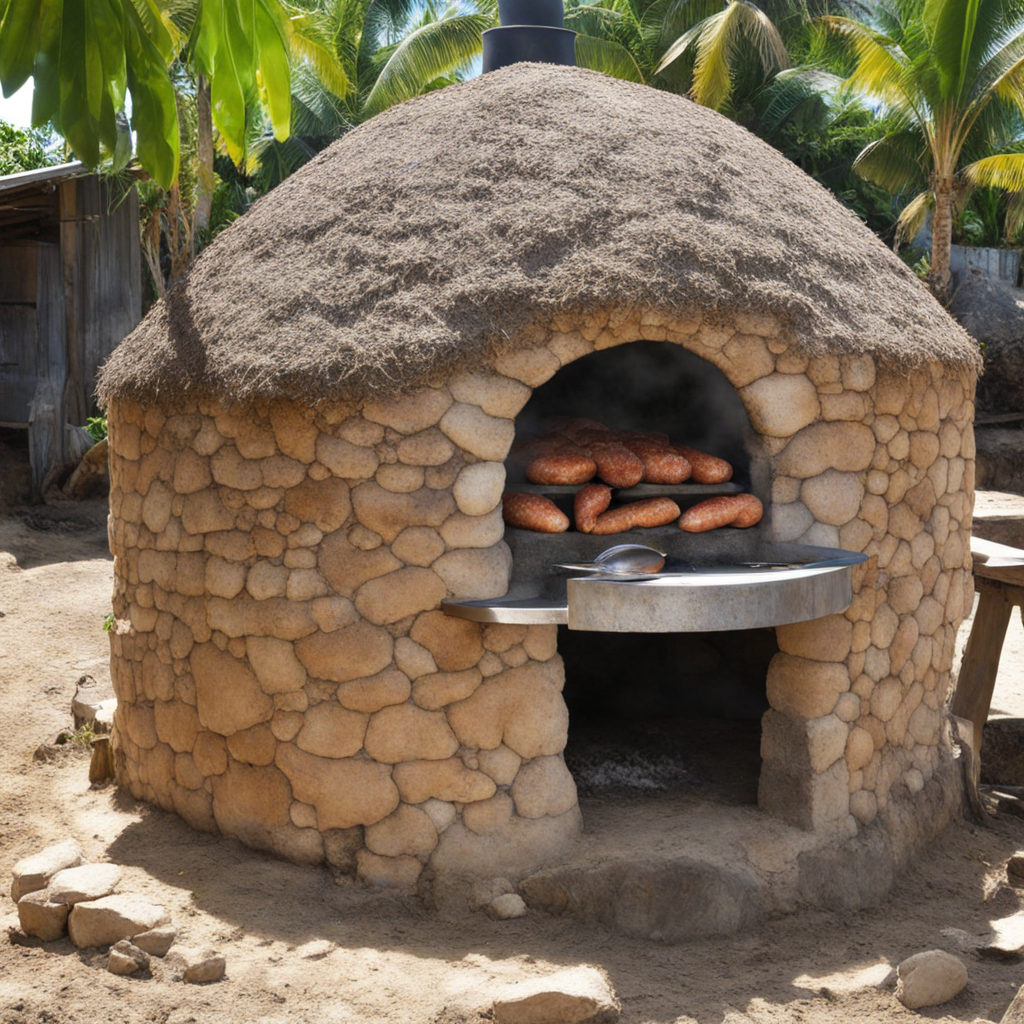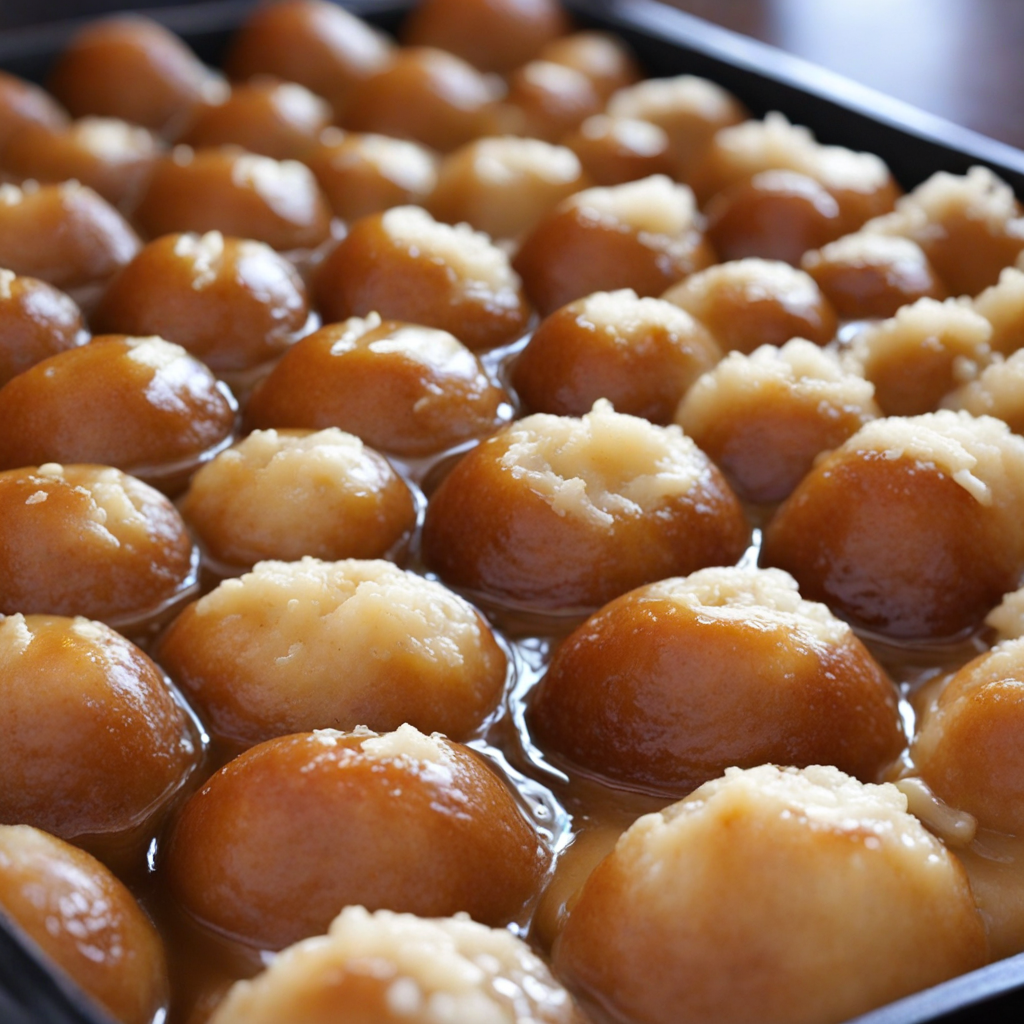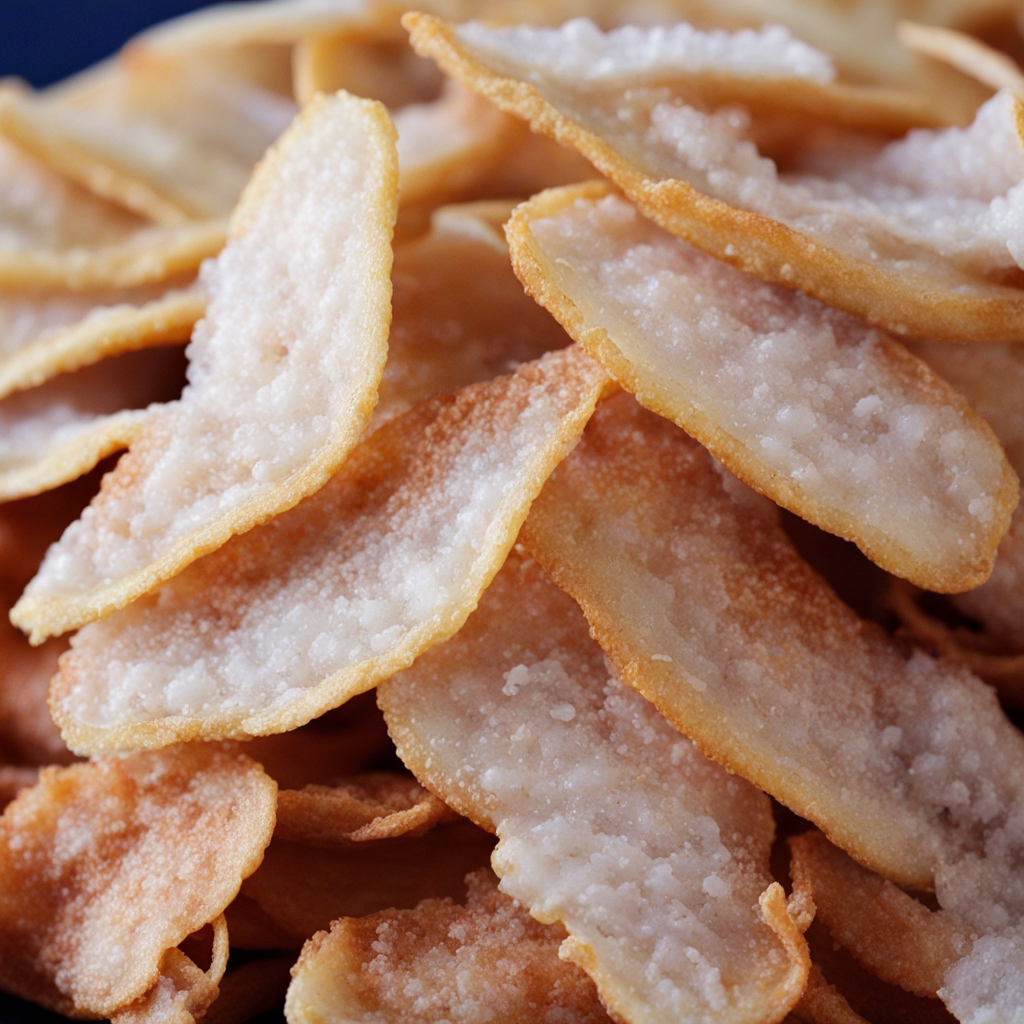Masi
Masi, a traditional Tongan delicacy, is a delightful treat that embodies the rich culinary heritage of the islands. Made primarily from taro root, Masi is often prepared as a sweet or savory dish, showcasing the versatility of this starchy staple. The taro is grated and mixed with coconut cream, creating a creamy batter that is then baked to perfection. The result is a soft, slightly chewy texture that melts in your mouth, paired with a subtle sweetness from the coconut. It's a dish that not only satisfies the palate but also warms the heart, reflecting the warmth of Tongan hospitality. The preparation of Masi often includes variations that highlight local flavors. For instance, some recipes incorporate ripe bananas or even pandan leaves, adding layers of flavor and a touch of natural sweetness. The dish can also be enhanced with a sprinkle of sea salt or a drizzle of honey, making it suitable for both dessert and main courses. Served warm, Masi is often enjoyed during celebrations and communal gatherings, where its presence brings a sense of togetherness and joy among friends and family. Masi is not just a food; it's a cultural experience that invites you to savor the essence of Tonga. As you indulge in this delicacy, you'll discover the island's rich agricultural bounty and the deep-rooted traditions that surround its preparation. Each bite tells a story of the land, the people, and the vibrant culture that thrives in the heart of the South Pacific. Whether you're seeking a new flavor adventure or a comforting taste of home, Masi promises to deliver a unique culinary experience that lingers long after the last morsel is gone.
How It Became This Dish
The History of Masi: A Culinary Treasure of Tonga Masi, a traditional Tongan dish, is more than just a food; it embodies the rich cultural heritage and communal spirit of the Tongan people. This unique dish, made from the starchy root of the taro plant, has a fascinating history that reflects the agricultural practices, social customs, and spiritual beliefs of Tonga, an archipelago in the South Pacific. #### Origins of Masi Masi is primarily made from taro, a staple crop in Polynesian societies. The origins of taro can be traced back to Southeast Asia, from where it spread to the Pacific Islands thousands of years ago. In Tonga, taro has been cultivated for centuries, thriving in the volcanic soil and tropical climate. The Tongan people, known as the "friendly islands," have relied on this versatile tuber for sustenance, using it in various traditional dishes. Masi itself is created from the pounded taro root, which is mixed with coconut cream and sometimes sweetened with sugar or flavored with spices. The mixture is then wrapped in banana leaves and cooked in an underground oven called an "umu." This cooking method, which uses hot stones and the natural heat of the earth, imparts a smoky flavor and enhances the dish's texture. #### Cultural Significance Masi is deeply ingrained in Tongan culture and is often served during special occasions, feasts, and ceremonies. It symbolizes hospitality, community, and the abundance of the land. The preparation and sharing of masi is a communal activity that brings families and neighbors together, reinforcing social bonds. In Tongan society, food is not merely sustenance; it carries significant cultural weight. Masi is often featured during celebrations such as weddings, birthdays, and important cultural festivals. Its presence at these events serves to honor the hosts and guests alike, creating a sense of unity and shared experience. The dish is also associated with spirituality. Masi is sometimes offered as a ceremonial food to the gods during religious rituals, reflecting the Tongan belief in the sacredness of food and the land. The act of preparing and sharing masi can be seen as a form of gratitude for the bounty of nature. #### Development Over Time As Tonga encountered various influences throughout its history, so too did the dish of masi evolve. The arrival of European explorers in the 18th century introduced new ingredients and cooking methods, which were gradually incorporated into traditional Tongan cuisine. However, masi remained largely unchanged in its fundamental preparation and significance. In the 19th century, as Christianity spread across the islands, new cultural practices developed alongside traditional customs. The church played a significant role in shaping social gatherings, and masi became a staple at church functions, further embedding it in communal life. The bond between food and faith grew stronger, with masi symbolizing fellowship and shared worship. The late 20th century saw a resurgence of interest in traditional Tongan foods as cultural pride flourished among Tongans both at home and in the diaspora. This renewed appreciation for culinary heritage led to the revival of traditional recipes, cooking techniques, and the significance of masi in everyday life. Local farmers began to promote the cultivation of taro and other traditional crops, ensuring that the ingredients for masi remained accessible. Today, masi is often celebrated in Tongan festivals, such as the Heilala Festival, which honors Tongan culture through music, dance, and food. The dish can also be found in Tongan restaurants around the world, where it serves as a culinary ambassador for Tongan culture. Modern adaptations of masi have emerged, incorporating new flavors and styles, but the traditional version remains a cherished staple. #### Masi in Contemporary Tonga In contemporary Tonga, masi continues to hold a special place in the hearts of its people. It is often served alongside other traditional dishes such as ika mata (raw fish marinated in coconut cream) and lu sipi (lamb wrapped in taro leaves). The combination of flavors and textures creates a rich culinary experience that speaks to the diverse influences that have shaped Tongan cuisine. The preparation of masi has also adapted to modern lifestyles. While the traditional method of cooking in an umu is still practiced, many families have begun to use more contemporary cooking techniques, such as steaming or baking, to accommodate busy schedules. This evolution reflects the balance between honoring tradition and embracing modernity. Moreover, the global movement towards sustainable and local eating has reignited interest in traditional Tongan agriculture. By promoting local ingredients like taro, the Tongan community is not only preserving its culinary heritage but also contributing to sustainable food practices. This aligns with the broader global trend of seeking out traditional foods that are both nutritious and culturally significant. #### Conclusion Masi is not just a dish; it is a reflection of Tongan identity, history, and community. From its origins as a staple food made from taro to its role as a symbol of hospitality and spiritual connection, masi has evolved while remaining deeply rooted in Tongan culture. As it continues to adapt to modern times, this beloved dish preserves the essence of Tonga's rich culinary heritage, serving as a reminder of the importance of community, tradition, and the land. In every bite of masi, one can taste the stories of generations past, the communal spirit of the present, and the hope for a culturally rich future. As Tonga navigates the complexities of globalization and modernization, masi stands as a culinary treasure, a testament to the enduring power of food to unite, nourish, and celebrate life.
You may like
Discover local flavors from Tonga







